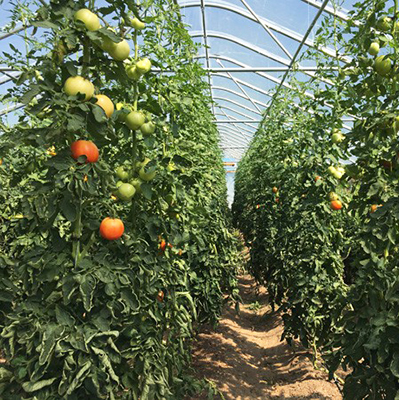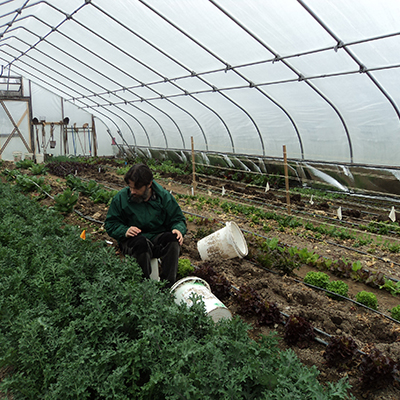In the April issue of Growing for Market, we published an excerpt from Eliot Coleman’s new book, The Winter Harvest Handbook, in which he promotes low tunnels as an inexpensive alternative to high tunnels/hoophouses. Coleman says that high tunnels make sense for the crops that you have to tend to or harvest during the winter, such as greens, leeks and carrots. But for those that will be planted in fall and then left alone until spring, low tunnels are much more economical -- 5 percent of the cost of the same area under high tunnel.
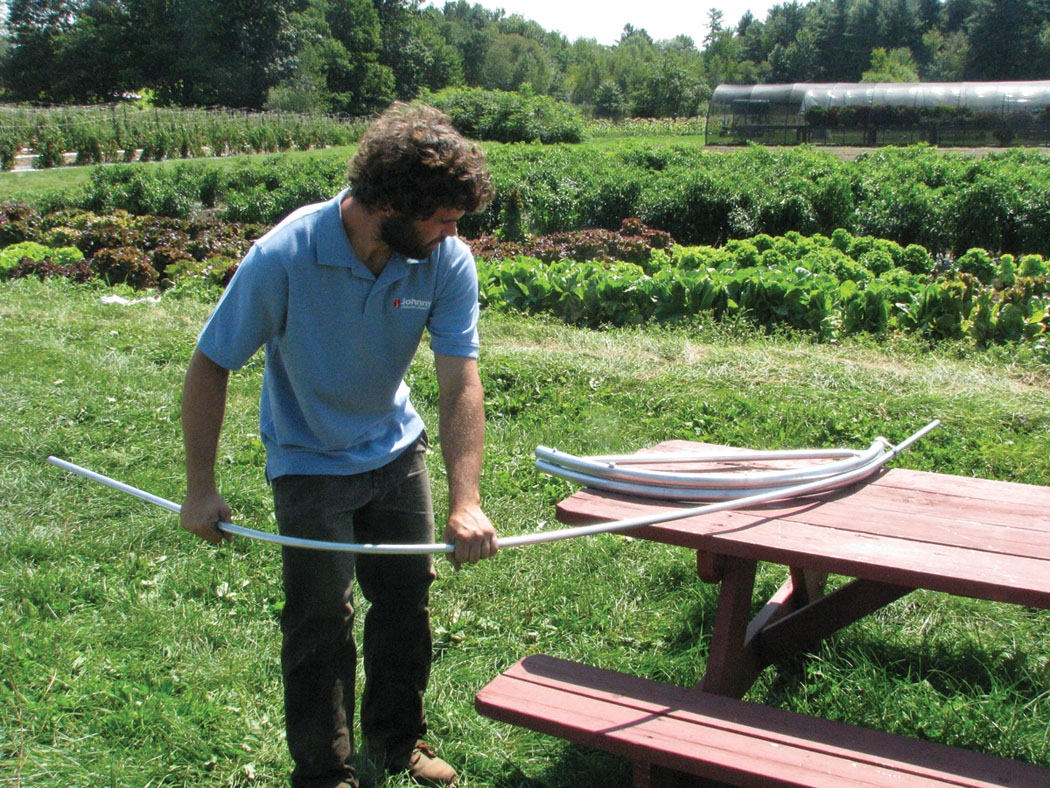
Coleman calls these low tunnels Quick Hoops. They are simply hoops erected over the crop bed, then covered with row cover in fall and greenhouse poly in winter. The covering is anchored with sandbags or other weights. This double layer of protection is enough in most climates to take cold-hardy crops through the winter so they will be ready for harvest in early spring.
The #9 wire that is usually used to make hoops for row cover isn’t strong enough for plastic covered with ice or snow, so Coleman started experimenting with galvanized electrical conduit.
Coleman and Adam Lemieux, the tools product manager at Johnny’s Selected Seeds, developed a small pipe bender that can be used to make the hoops for a more substantial low tunnel. The Quick Hoops Bender is now available from Johnny’s for $69.
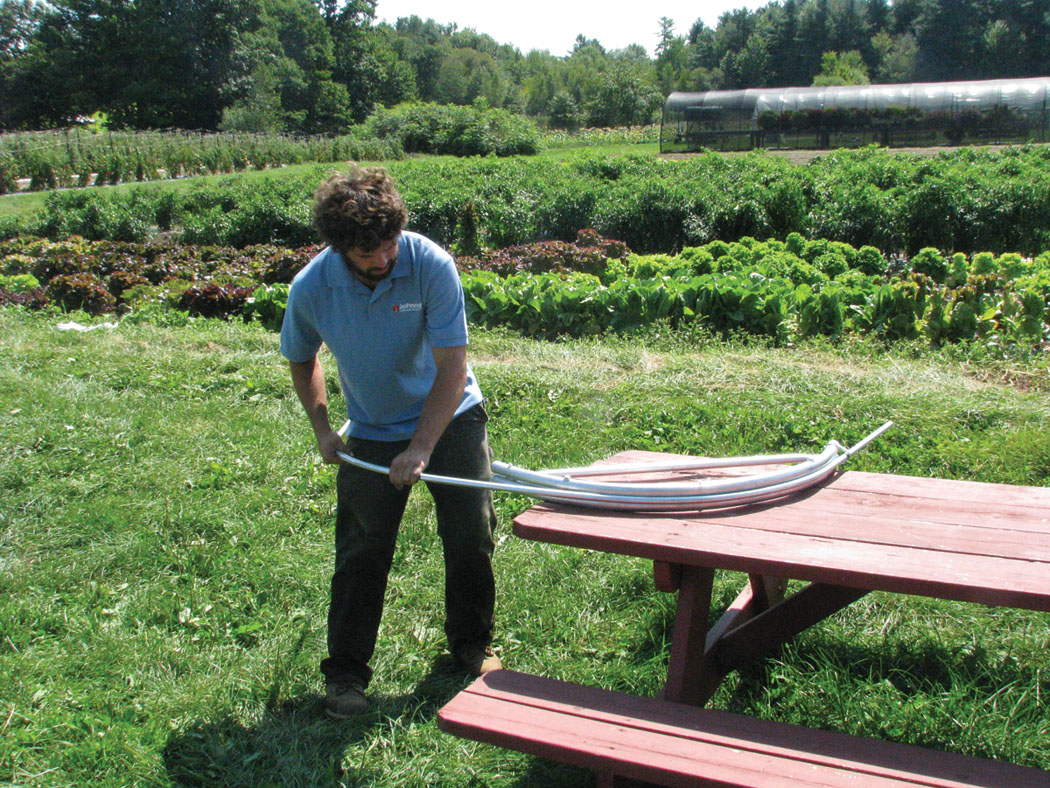
The Quick Hoops Bender can be used to bend conduit from 1/2 inch to 1 inch diameter. For low tunnels, 1/2-inch conduit is sufficient, though growers in snowy areas may want to use larger diameter conduit for the end hoops. Galvanized electrical conduit is available in 10-foot lengths at home improvement stores for about $2 each.
The Quick Hoops Bender comes in two sizes: one model makes hoops that are 6 ft. wide and 3 ft. tall (before insertion into the ground), which can cover two 30-inch-wide beds with a footpath between them; the other model creates hoops that are 4 feet wide and 4 feet tall to span a single 3-foot bed.
The Bender should be attached to a strong surface, such as a workbench or picnic table. Conduit is then fed into a channel and the operator manually pulls the conduit into alignment with the bender. A hoop takes about a minute to bend.
The photos show Matt Neves of Johnny’s Selected Seeds making hoops at Johnny’s research farm. A completed hoop is at right. Johnny’s includes a detailed manual with the bender, and more photos are available at www.johnnyseeds.com.
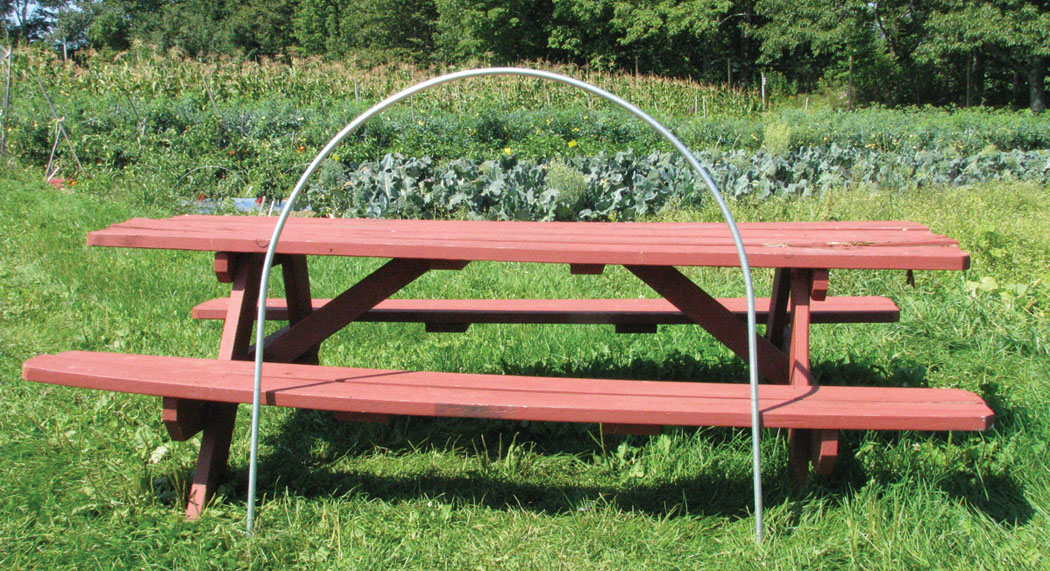
The article about the Quick Hoops Bender in the October issue incorrectly attributed the tool’s design to Eliot Coleman. In fact, it was designed by Loy Robinson of Lost Creek Greenhouse Systems in Mineola, Texas. Lost Creek has an agreement with Johnny’s Selected Seeds to be the exclusive distributor of the Quick Hoops Bender. The company makes several other benders for greenhouse and hoophouse construction. For more information, contact Loy or Shirley Robinson at 903-569-8541 or visit their web site, www.lostcreek.net.
The Winter Harvest Handbook is $25 plus $4 shipping from GFM, PO Box 3747, Lawrence KS 66047; 800-307-8949; www.growingformarket.com/store
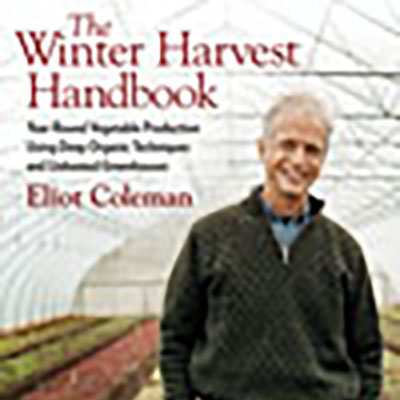
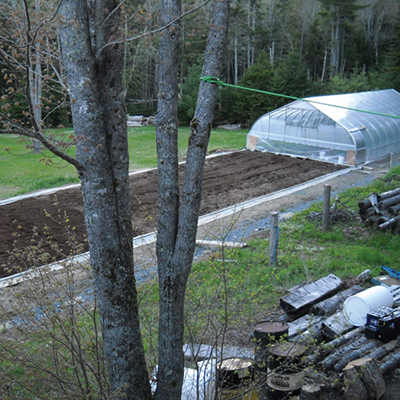
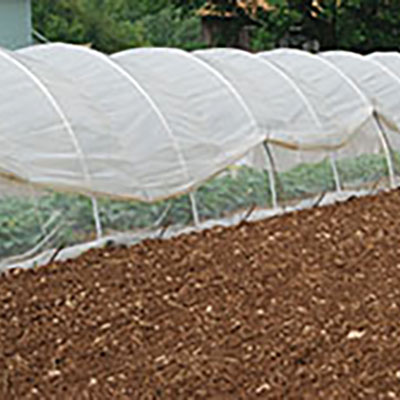
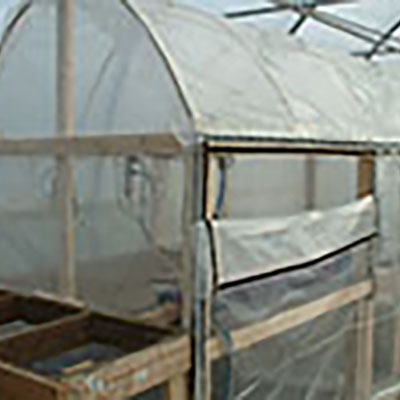
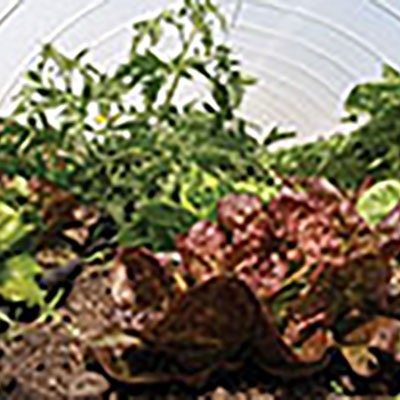
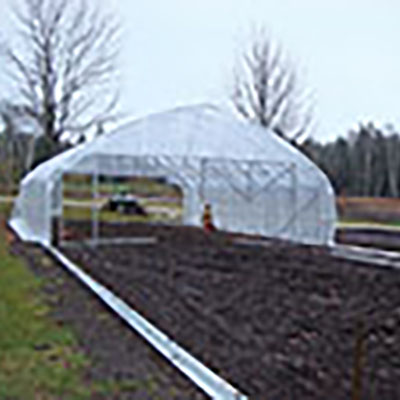
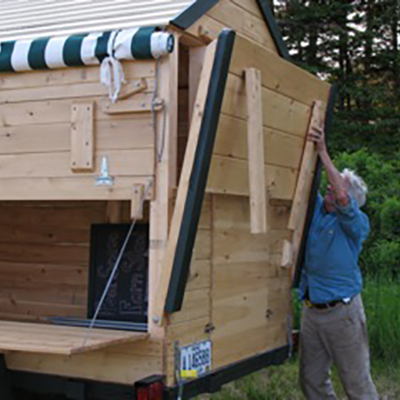
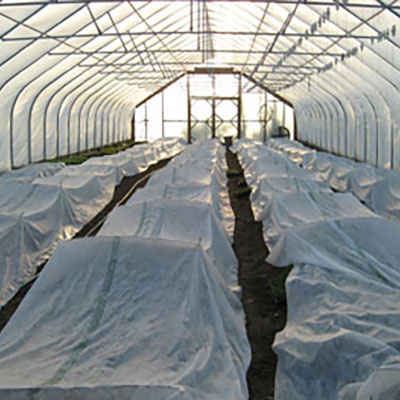
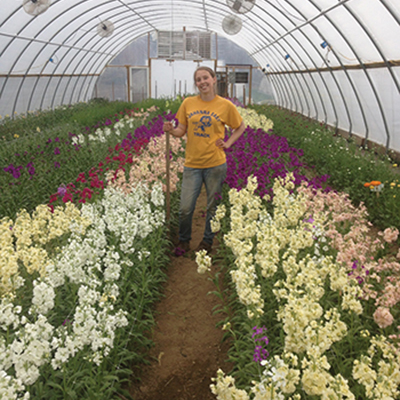
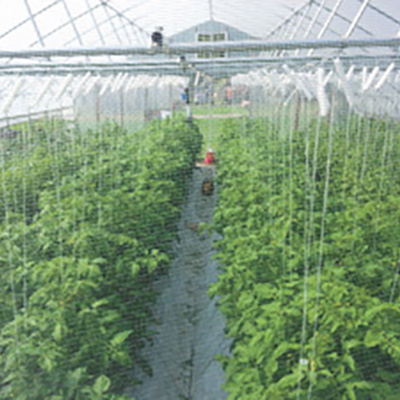

 As soon as we start driving our routes in the spring our customers ask us when we’ll have roselilies. They’re that popular and have become a signature crop for us. They’re basically a type of oriental lily, but with multiple layers of petals, and without stamens and pistils (i.e. no pollen!).
As soon as we start driving our routes in the spring our customers ask us when we’ll have roselilies. They’re that popular and have become a signature crop for us. They’re basically a type of oriental lily, but with multiple layers of petals, and without stamens and pistils (i.e. no pollen!). 
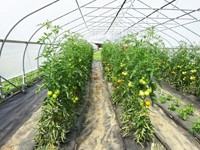

 Prairie Garden Farm has been growing cut flowers for florists and studio designers since 2010. As we’re on an exposed hillside in west-central Minnesota, we’re dependent on protected culture to grow quality flowers. This article describes our approach – planning, financial, and operational details - that helps us make the most of our structures.
Prairie Garden Farm has been growing cut flowers for florists and studio designers since 2010. As we’re on an exposed hillside in west-central Minnesota, we’re dependent on protected culture to grow quality flowers. This article describes our approach – planning, financial, and operational details - that helps us make the most of our structures.